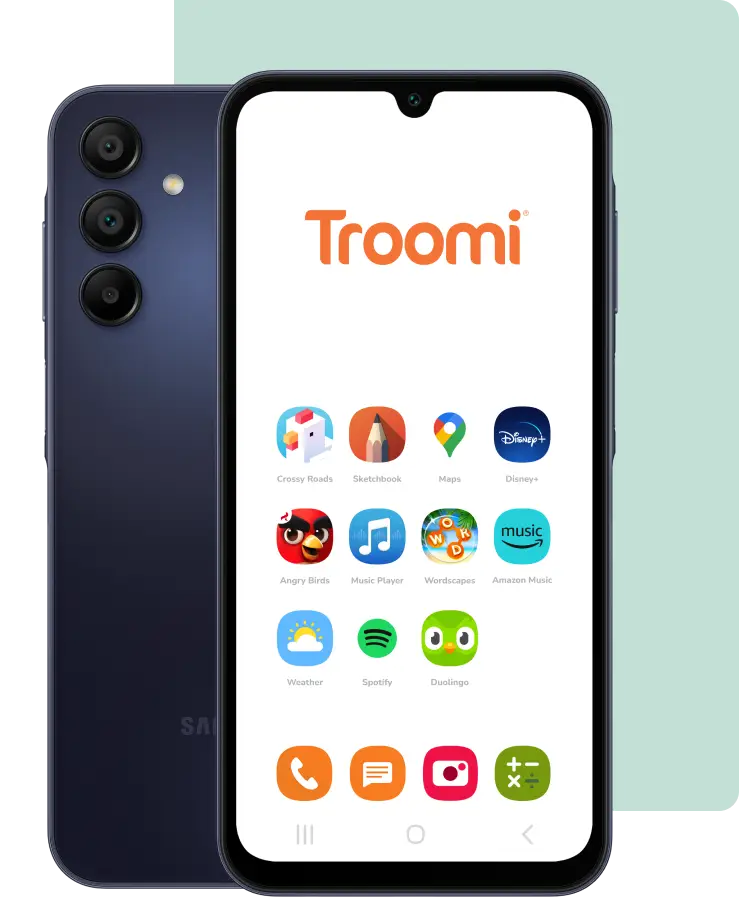If your kids play video games, and if you’ve read our article about the risks associated with gambling in video games, you might be wary of the term “in-game purchase,” but what does it really mean? What are some tools to keep your kids safe?
What are in-game purchases? Should you go for it?
Back when the first Mario game was released, games were tightly bundled in their disk, cartridge, or device in their final form. Now, with online accessibility, games can release new content, updates, or optional upgrades at any time. While patches or updates are generally free, developers will also include some content behind a paywall. By paying, through a credit card, players can purchase and use this additional content.
So, what does make a purchase mean in a game? For some games, this can be as expansive as new levels, characters, or additional chapters to a story. Other times its items, weapons, or appearance upgrades. They can even be in-game currency, which can then be used in a digital store.
Is it safe to make in-game purchases?
With each kind of in-game purchase being different, there are different kinds of risks. An important one to be aware of is “loot boxes.” A study by the GHA (Gambling Health Alliance) found that 1 in 10 kids and teens who play games are going into debt because of “Loot boxes” in video games. That sounds pretty scary, but there are actually a lot of things you can do to safeguard against gambling or even tech addictions in your kids.
A first step in keeping kids safe, if you decide to allow them to make an in-game purchase, is to delete your credit card information after use. Teach your kids about money. Let them save up for the purchases themselves. Like a kid with access to their mom’s Amazon account with a bunch of toys in the cart, a lot of the risks come from being unsupervised. Be present and aware with your child.
Some parents try to avoid purchases by only downloading free games, but most free games contain a lot of in-app/in-game purchases to get their revenue.
I decided I don’t want them. So, how do I disable in-game purchases?
If you decide that you don’t want your kids to make in-game purchases, or even have the option to try, each game device has different parental controls to help. The best step is to never enter your credit card or buying information into the app store, game system, or device.
- Apple (iTunes Store): Apple lets you turn off in-app purchases several ways. You can use Family Sharing group, make a password requirement, or turn off in-app purchases entirely using screen Time.
- Google Play: While you can’t disable purchases like you can with Apple, you can turn on password authentication for purchases.
- Microsoft: You can control in-game purchases by setting up Xbox Family settings. They even have the feature for setting up an “allowance” on how much money a kid’s account can spend.
- Nintendo: You can control in-game purchase (or system purchases) through their Family group settings. You will need a Nintendo account.
- Sony: By setting up a Family management account, similar to Xbox, you can set up a digital allowance as well as use passcodes to protect your parent account.
- Steam: Steam doesn’t let you limit purchases or disable them as a parent account but it does have control on what games can be viewed on a child account. You will need to set up a parent and child account, then activate Family View. You can then select the content they can access.
Teaching our kids how to use tech responsibly is one of many steps in their growth and development. Troomi wants to help make it easier. Their kidsafe smartphones don’t allow for in-app purchases and settings can be enabled/disabled depending on your child’s maturity and experience. Try Troomi for a phone right for your child.


